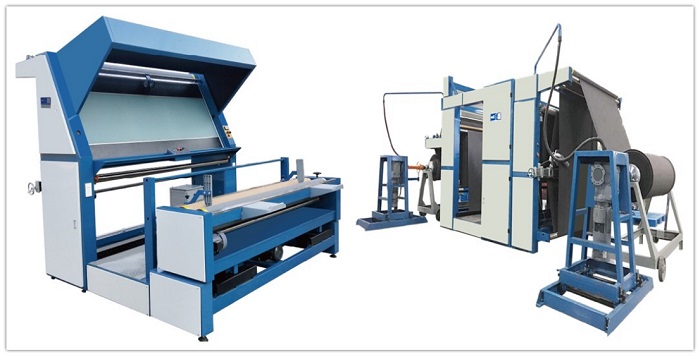At present, the covid-19 epidemic in India continues to be severe, with a total of more than 26 million confirmed cases and more than 300,000 deaths. As we all know, India is the world's largest cotton producer. The textile and apparel industry is one of India's largest sources of foreign exchange income. The textile industry accounts for about 15% of India's total export income. As a labor-intensive industry, textiles and garments have been severely affected by the epidemic this time. Statistics show that in the clothing cities of Delhi and Bangalore, the labor absenteeism rate of the clothing industry is as high as 50%; last year, the consumption and exports of the clothing industry in India decreased by 30% and 24% respectively.
The Covid-19 epidemic in India not only drags down the country’s economic recovery, but also affects the supply chain of many industries around the world. The textile industry is one of them. Recently, there has been news that a large number of textile orders from India have been rushed to China and other countries. However, these orders are not as "good" as imagined.(Click to share to LinkedIn)
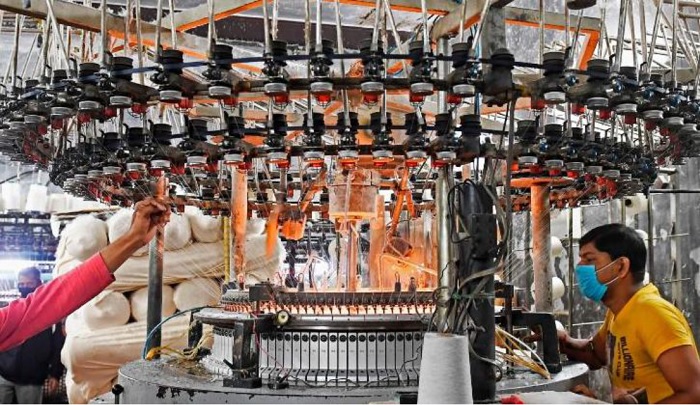
A person in charge of a large textile company said: “The return orders are not all placed by Indian customers, but directly placed by European and American customers, and some are passed through Southeast Asian customers. We also received a small order last month. The production volume of the orders is not large, but the delivery time is short, only 3 weeks, so the profit is not high."
Regarding the backflow of Indian orders, some textile export traders in coastal areas feel that they are not strong, "These so-called backflow orders are mainly low-end processed products, and most of them are'small and short' orders, so we generally do not accept them. The profit is not high and the risk is high, because once the epidemic situation improves, these orders will be transferred back. If it is not possible, it will be accompanied by the wife and collapsed."
Why doesn't the textile industry make money?
The textile industry has a large trade volume and a large investment, but the profits are not high, and it is declining year by year. This is a long-standing problem in the textile industry. The average profit level of the textile and apparel industry is around 3%, while the average in coastal areas is around 8%. Why is the profit margin of the textile industry getting lower and lower?(Click to share to Facebook)
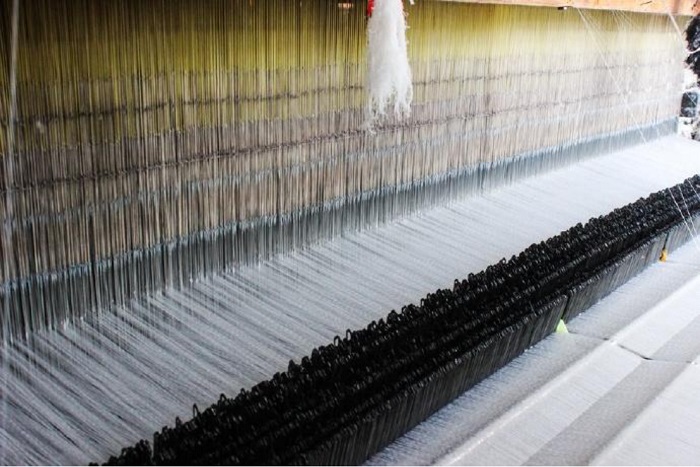
1. The price of dyes skyrocketed
Due to the increasingly prominent environmental issues, many hidden costs brought by environmental protection have been added to the costs of the textile industry. For example, recently, China's Jiangsu Yancheng decided to completely close the Xiangshui Chemical Park. Xiangshui Chemical Park is an important chemical base in Jiangsu and the location of subsidiaries of many listed dyestuff companies. Suddenly, the dye industry set off a wave of price hikes and stocks out of stock. Dyestuffs are the main cost of printing and dyeing enterprises. As dyes are strong, the proportion of their costs in printing and dyeing enterprises has been on the rise as a whole. Today, the raw material cost for purchasing dyes has risen from about 10% to 20%-25% today.
In the entire printing and dyeing industry chain, the printing and dyeing factories are in an awkward position, and the upstream dye companies are in a centralized position. Once there is any trouble, the dye companies take the opportunity to adjust the prices of the dyes. There are a large number of factories, and they are in a dispersed state. Faced with rising dye prices, they passively accept. This has brought a lot of impact to downstream textile companies.
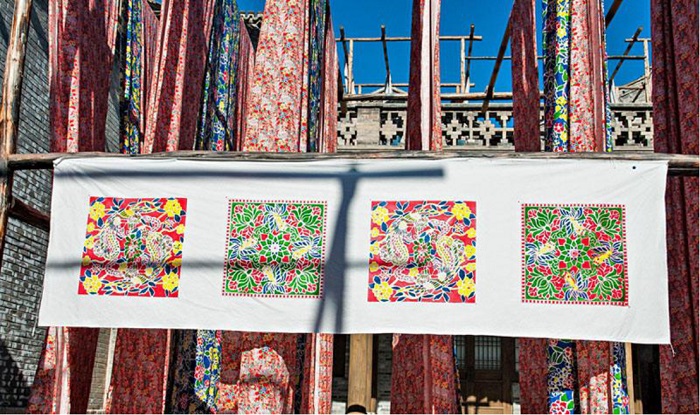
2. Not busy in peak season
The market in the small peak season in March this year was average. Now that it has reached mid-April, orders are still not improving. Many cloth bosses think that this year’s "Golden Three and Silver Four" is probably going to be yellow!
In fact, the textile market has "three ups and three downs". The three-year economic cycle has come. Next, the textile fabric market will show signs of "cooling down" such as slowing product price growth, declining transactions, and shrinking production orders.
Most companies have not many orders accumulated, only about 20 days of order volume, and the price has not been increased, but the costs are getting higher and higher, which is tantamount to reducing prices in disguise. If the market is not good, prices will fall. Some companies have stable orders, but their profit margins are too small.

3. The cost remains high
Labor costs: labor costs continue to rise. For example, the wages of car workers in Anhui, China are 9,500 yuan/month, and in remote areas it is basically around 8,000 yuan/month, which is actually high local wages, but the phenomenon of recruitment difficulties still exists.
Land cost: The textile industry needs a large number of warehouses to stock up raw materials, equipment and finished products. The rent of the workshop is about 200 yuan per square meter. Self-built workshops do not have much cost advantages.
Logistics cost: Since most polyester factories, printing and dyeing and terminal sales are concentrated in developed coastal cities, textile companies will bear double logistics costs if they relocate to low-cost central areas, such as raw materials transported past 100 yuan/ton, and grey fabrics will be transported. Come 0.15 yuan/meter.
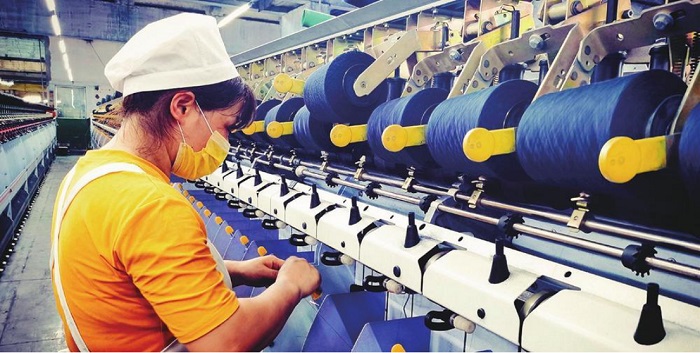
How to solve the problem of low profits in the textile industry?
Among the above reasons for the downturn in the textile industry’s profits, the increase in upstream material prices and insufficient orders are mostly objective factors that cannot be controlled by humans. The only thing that can be controlled is the reduction of textile costs. Among them, the cost of land and logistics is difficult to control. The solution is to reduce labor costs.
In fact, in the textile process, many textile processes have been mechanically automated, but do not require too much manpower. The link that really consumes manpower and has a high labor cost is cloth inspection. Due to the complex, long and delicate process of cloth inspection, the requirements for cloth inspectors' physical strength, patience, vision, technology and experience are very high. Most of the monthly salary of ordinary cloth inspectors has exceeded 10,000 yuan, and manual cloth inspection is very delayed. Over time, in order to keep up with the progress, textile companies have to hire more fabric inspectors to perform fabric inspections at the same time. This leads to an increase in the cost of cloth inspection.
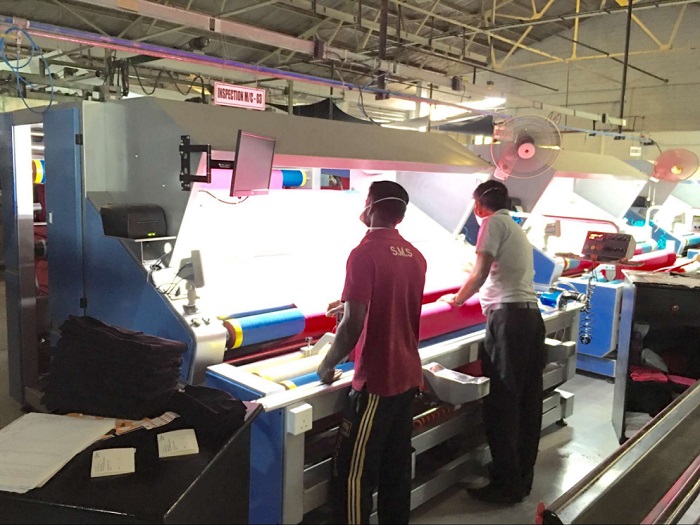
With 50 years of technical precipitation and design experience,Suntech is committed to the research of intelligent textile machinery. The intelligent cloth inspection machine developed and produced can achieve efficient cloth inspection with high efficiency, high accuracy and low cost. The advantages are mainly reflected in these aspects:(TRY SUNTECH fabric inspection machine)
1. Fully automatic. Suntech fabric inspection machine can detect fabric defects in online or offline conditions, determine the location of the defects, classify and score the defects according to their size, hazard, and degree of impact, and issue alarms for serious defects or implement measures such as shutting down or opening and cutting.
2. Suitable for all kinds of fabrics. The Suntech fabric inspection machine can detect the basic structure and change structure of fabrics, including cotton, linen, silk, wool, chemical fiber and blended yarn fabrics and other fabric materials.
3. High pass rate. The production volume of Suntech cloth inspection system equipment is significantly higher than that of manual cloth inspection, or even several times higher. The accuracy rate of automatic cloth inspection fabric defect detection reaches more than 95%, which is much higher than manual cloth inspection, missed detection rate and error The judgment rate is less than 5%, which is much lower than manual cloth inspection.
4. Fast speed, adjustable speed. The production speed of Suntech automatic fabric inspection is generally above 120m/min, and the highest can reach 300m/min. The inspection speed can be adjusted according to the needs. The actual inspection speed is related to the machine width and defects.
5.Automatic length check. Suntech cloth inspecting machine is equipped with a length counting device, and it can also check the length of sewing material at the same time. The traditional manual inspection of cloth requires visual inspection of whether there are defects on the surface of the sewing material. If there are defects such as yarn defects, weaving defects, stains or color differences, immediately mark the edges of the sewing material for repair or removal. Suntech fabric inspection machine saves these troubles.
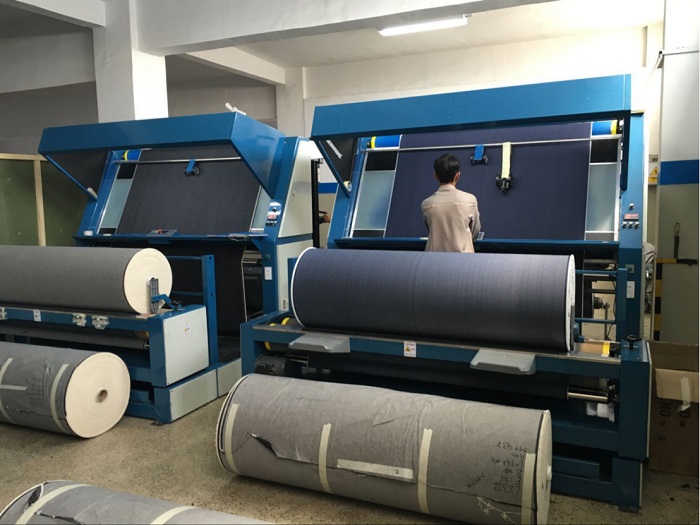
Suntech, as an old-brand cloth inspection machine manufacturer, has 50 years of technical precipitation and equipment manufacturing experience.
With more than 4,500 customers and 10,000 machine installation cases around the world, we specialize in the production of cloth inspection machines and cloth inspection packaging lines (including cloth inspection machines and packaging machines). Manual, semi-automatic, and automatic cloth inspection machines can be customized according to user needs. 12-month warranty and free random accessories such as optoelectronics, digital length meter, etc., please inquire for details.
